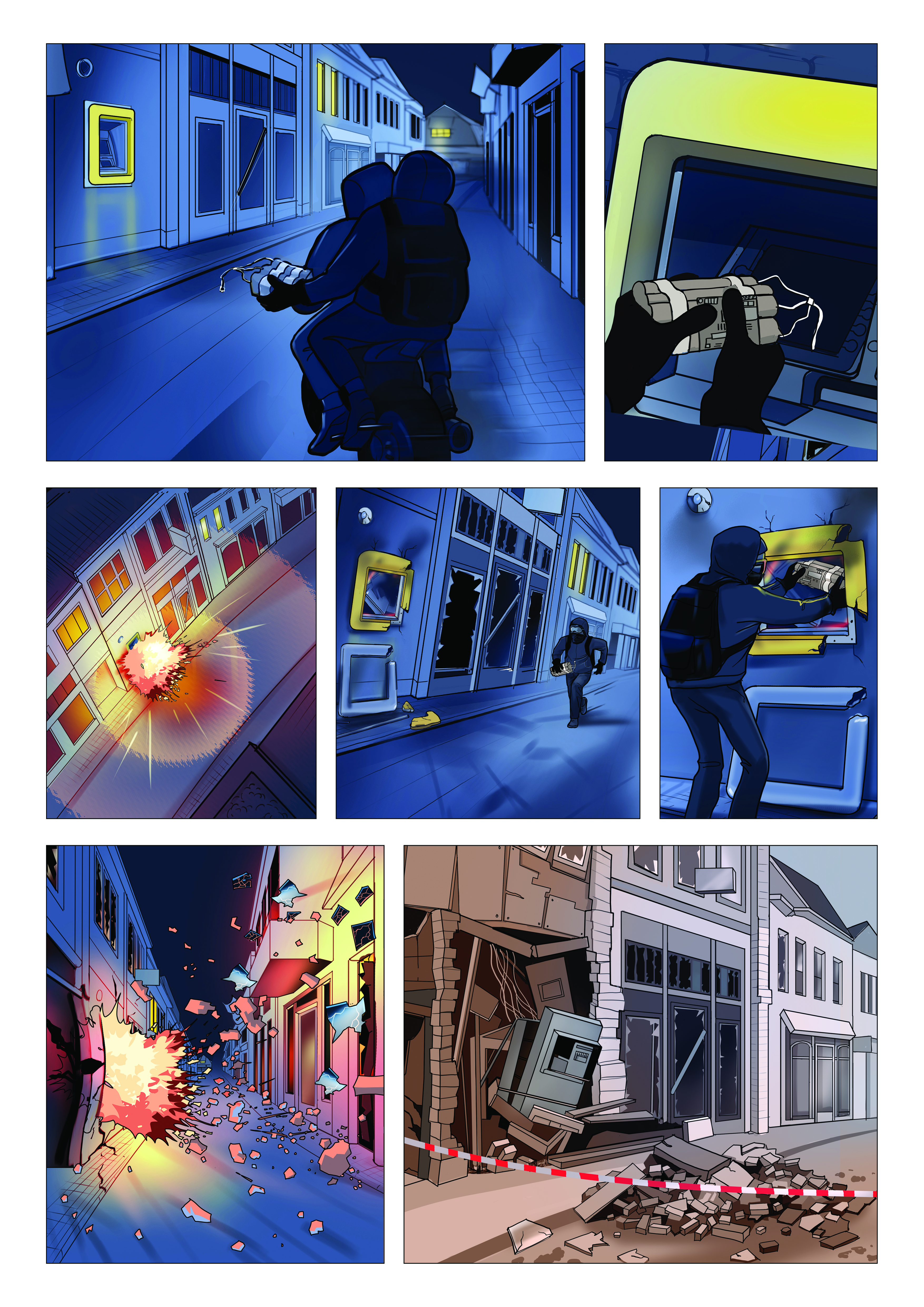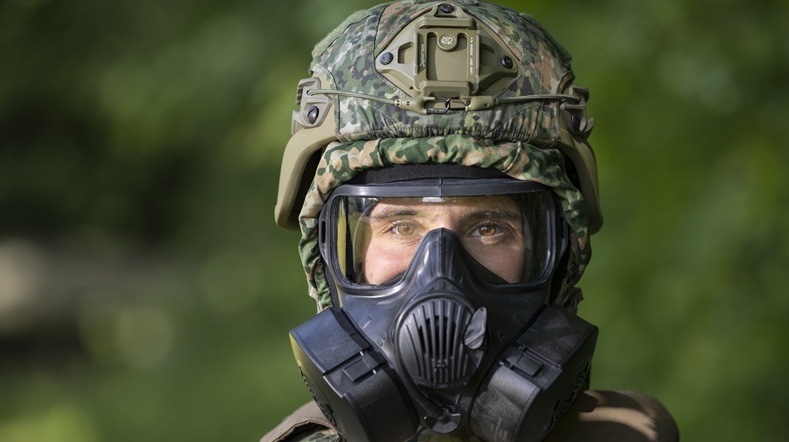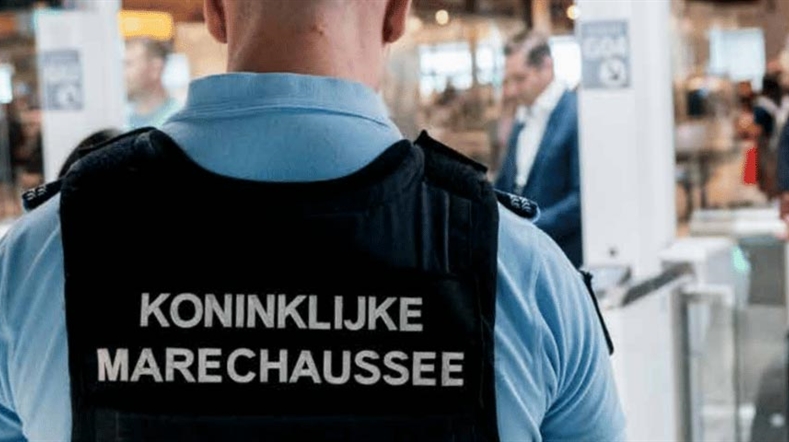
What risks do residents face during an ATM bombing? Municipalities receive a tool to assess this.
ATM bombings in building facades cause damage and pose risks to residents. Explosions result in flying debris and glass shards and may also lead to severe structural damage to the building housing the ATM.
How big is the risk for residents living near an ATM in the event of an explosion? Municipalities currently cannot provide a complete answer to this question. This is about to change with a new tool developed specifically for this purpose by TNO.
Elske, Director of Youth, Family, and Crime Phenomena Prevention, and Ben, Coordinating Policy Advisor, both from the Ministry of Justice and Security, discuss the approach to ATM bombings and TNO’s role in this effort. Ans, a TNO expert from the Personal Protection and Explosives Safety (PPES) department, explains the research TNO conducted for this purpose and how the tool was created.
Evidence-based, uniform, and transparent risk assessment
'I'd like to start with some background,' says Ben. 'Until a few years ago, the number of ATM bombings in the Netherlands was increasing annually, reaching an average of 100 incidents per year. To protect society from the consequences of this type of crime, a set of preventive measures was introduced in 2019.'
He continues: 'Additionally, the mayors of the four largest cities requested legal instruments that would allow them to prohibit ATMs in building facades where residents face risks in the event of an explosion.'
Elske adds: 'Besides exploring the implementation of these legal measures, it is desirable to assess safety risks objectively. Our ministry has therefore partnered with TNO and requested a scientific study to determine the risks of ATM bombings for nearby residents. Furthermore, we wanted to develop a tool based on scientific findings that would enable municipalities to assess risks in a transparent and uniform manner, allowing them to take the necessary precautions.'
'Until a few years ago, we saw the number of ATM bombings in the Netherlands increase annually, reaching an average of 100 incidents per year.'
How was the research initiated?
'With the facilities and expertise of TNO's PPES department, we can conduct explosions, measure their force, and calculate their impact on structures,' begins Ans in her explanation of the research.
'We had limited experience with the types of explosions involved in ATM bombings. Like everyone else, we were familiar with the front of an ATM, but we didn't know what lay behind the screen. The first step in our research was therefore an inventory of these details. One of the companies that installs ATMs in the Netherlands assisted us in this process. Additionally, the police provided insights into how ATM bombings are executed.'
'Through this inventory, we established the modus operandi of ATM bombers. From this process, we developed a 'storytelling' tool, which serves as a communication instrument to clearly convey to all parties how an ATM bombing unfolds and what its consequences are.'
'Besides exploring the implementation of these legal instruments, it is desirable to assess safety risks objectively.'
Storytelling about the process of an ATM bombing

What is flash powder?
The modest name "flash powder" does not do this substance justice. Flash powder is a pyrotechnic mixture used in illegal fireworks such as Cobra explosives. When the quantity of flash powder contained in a Cobra 6 detonates, it produces an intense flame and a powerful shockwave.
In the Netherlands, it is illegal to possess, buy, or sell firecrackers containing flash powder. Nevertheless, Cobras are quickly, cheaply, and easily available online, making them a seemingly lucrative business. The downside? As an ATM bomber, you risk serious injuries during the explosion and even before your arrest. Additionally, committing an ATM bombing carries a lengthy prison sentence.
The Direct Risks to Residents During an ATM Bombing
'As seen in the 'storytelling' visualization, multiple explosions occur during an ATM bombing. The shockwave from the first explosion moves outward, causing nearby windows to shatter. However, instead of glass falling onto the street, it is propelled inward into homes, posing an immediate danger to residents,' explains Ans.
'The second explosion takes place inside the building housing the safe. Since the resulting shockwave is contained within the structure, it causes severe damage to interior walls while also propelling debris from the facade and other exterior walls outward. These flying fragments create a direct hazard for surrounding homes. Furthermore, damage to the building’s structure can compromise safety for both residents and nearby individuals.'
'The shockwave from the first explosion moves outward, causing nearby windows to shatter. The second explosion occurs inside the building housing the safe, with the resulting shockwave causing severe damage to interior walls and propelling debris outward'.'
From Rows of Data to a Practical Tool
'After conducting our inventory, we proceeded with explosion tests. These tests were necessary to determine the explosive force generated in ATM bombings involving flash powder,' explains Ans. 'We compared this force to that of TNT explosions, a material we have extensive knowledge about. Using calculations, we accurately determined the explosive power of flash powder.
The calculations considered various parameters. The path and force of the shockwave differ depending on whether the explosion occurs at the ATM's display or inside the building. Another key factor is the amount of explosive material used. Since different attackers may use varying quantities, the calculations incorporated representative lower and upper limits.
Additionally, the quality of surrounding buildings plays a crucial role in assessing the risks posed by an ATM bombing. The distance between the ATM and nearby residences, the building's construction, the type of glass installed, and whether homes are located above, beside, or opposite the ATM all influence the potential damage. These variables were incorporated into extensive data tables created through TNO's modelling.
Rising number of attacks using flash powder
The number of explosive-related attacks in the Netherlands nearly doubled last year compared to the previous year. Flash powder—sometimes combined with fuel—is primarily used in these incidents. The insights gained from this study regarding the strength and behavior of flash powder can also support risk assessments in cases of attempted attacks and help identify protective measures for threatened individuals or businesses.
*Source: Politie.nl
Mapping ATM bombing risks clearly
'In order to ease the burden on municipalities and ensure practical usability of our research, TNO has developed a tool based on all the calculations from this study. Municipalities now have an instrument to objectively assess whether placing an ATM in a specific location is sufficiently safe for nearby residents. Once the legal aspects of this project are finalized, the tool will be ready for immediate use,' concludes Ben.
'We would like to extend our gratitude from the Ministry of Justice and Security to the experts at TNO for their outstanding collaboration—from the initial discussions to the final delivery of the tool.'
Get inspired
From CBRN laboratory to battlefield: International field trials with gas masks


Royal Netherlands Marechaussee and TNO make progress in knowledge and innovation in the workplace


Resilience and security

GPT-NL boosts Dutch AI autonomy, knowledge, and technology


Cyber security challenges and innovations


